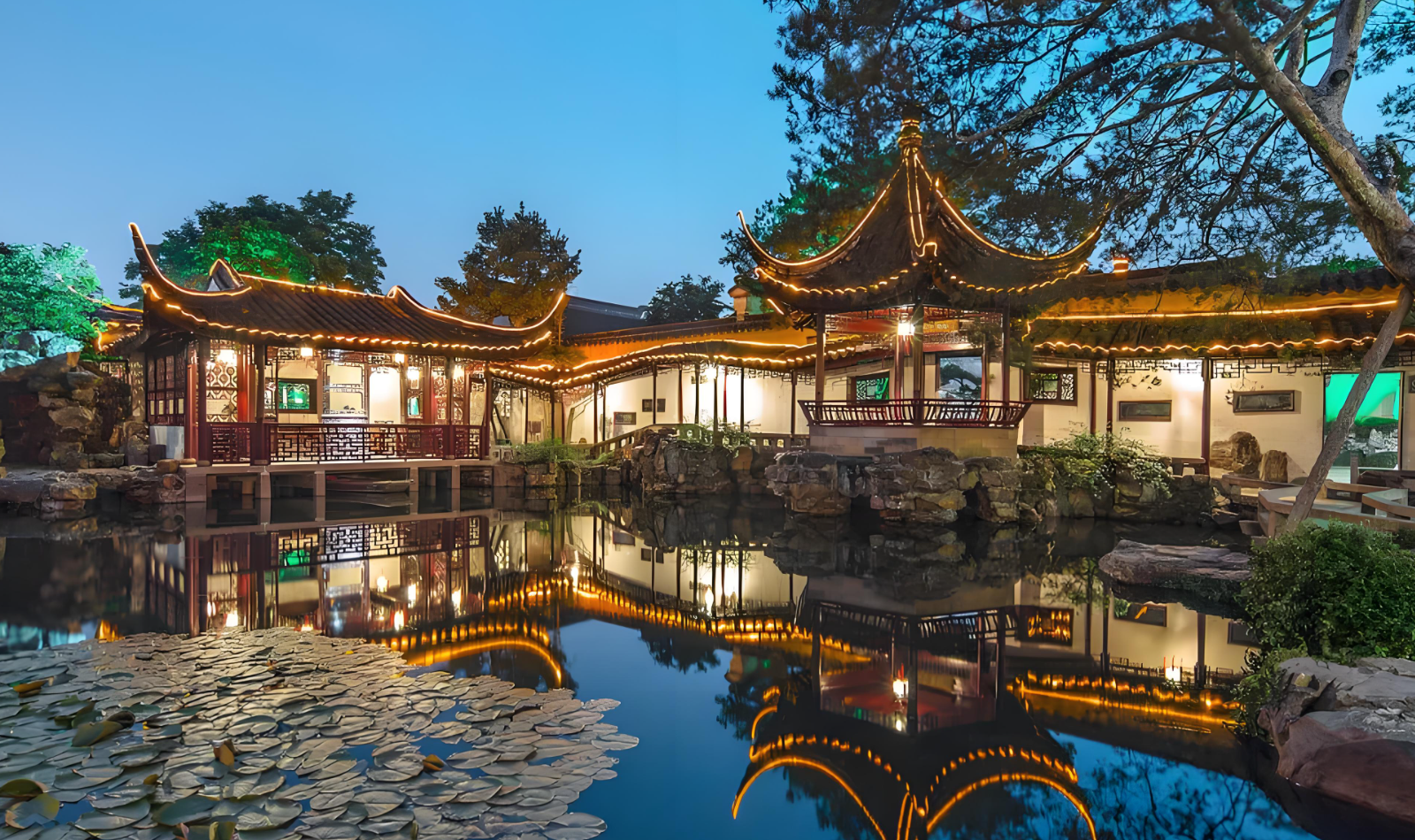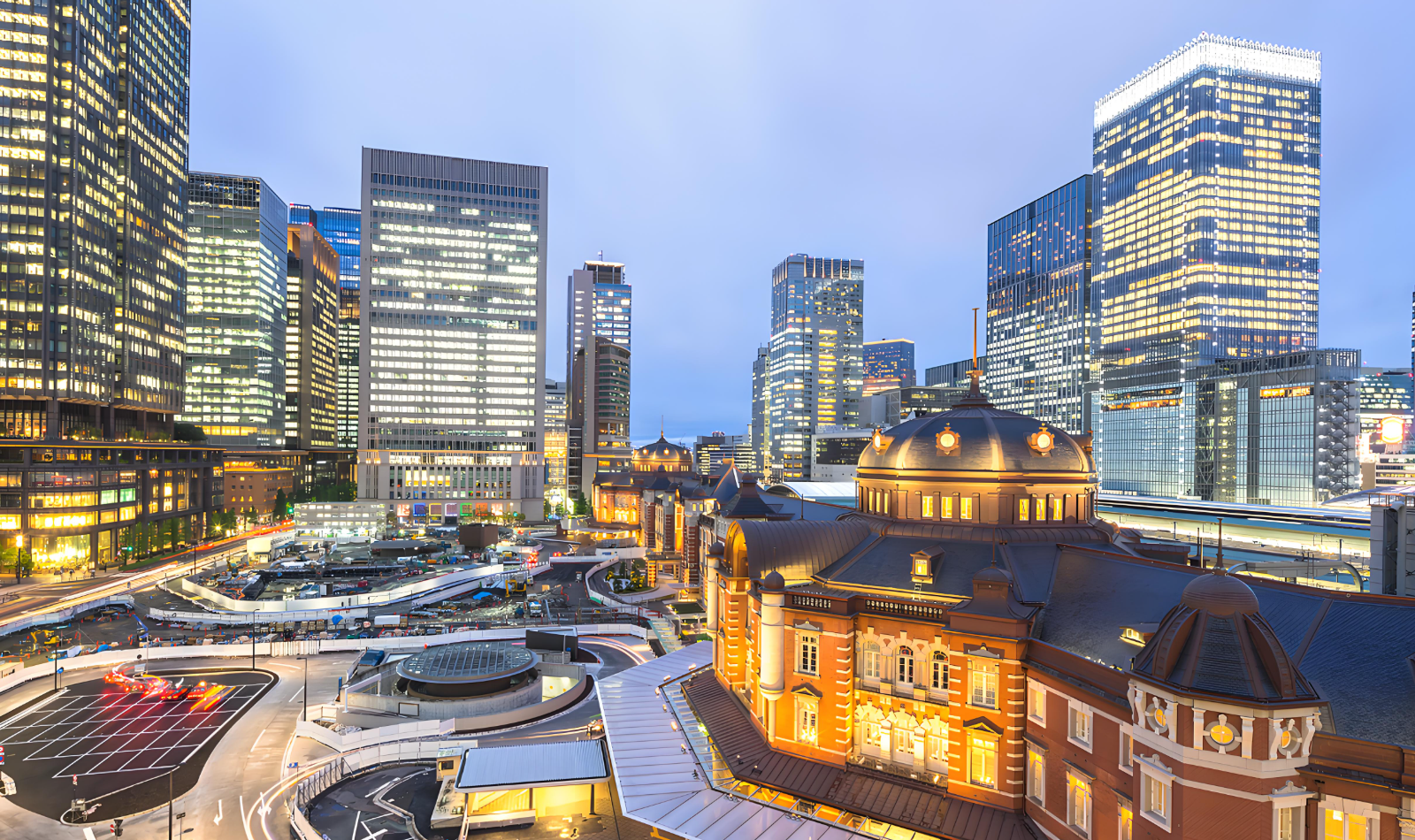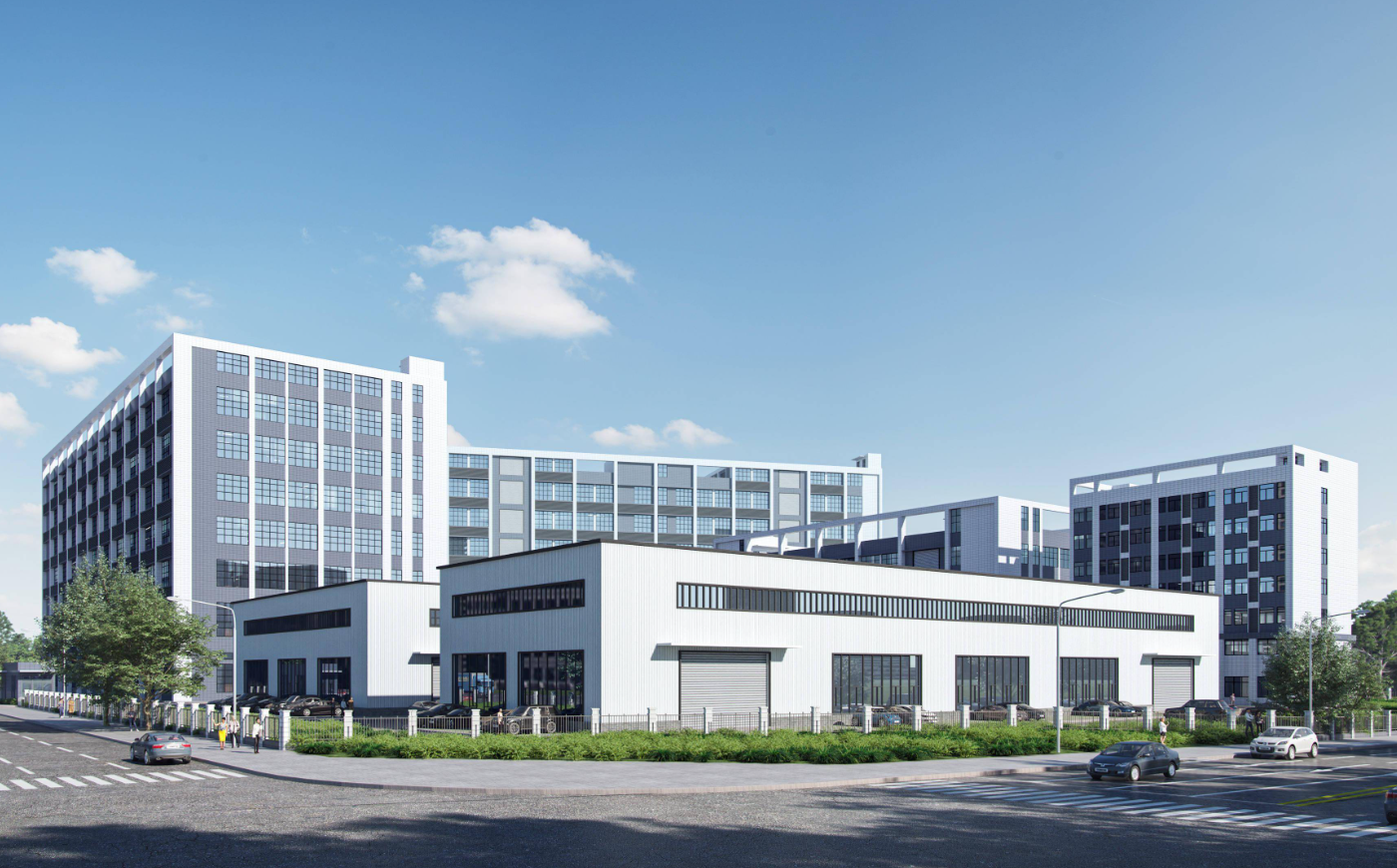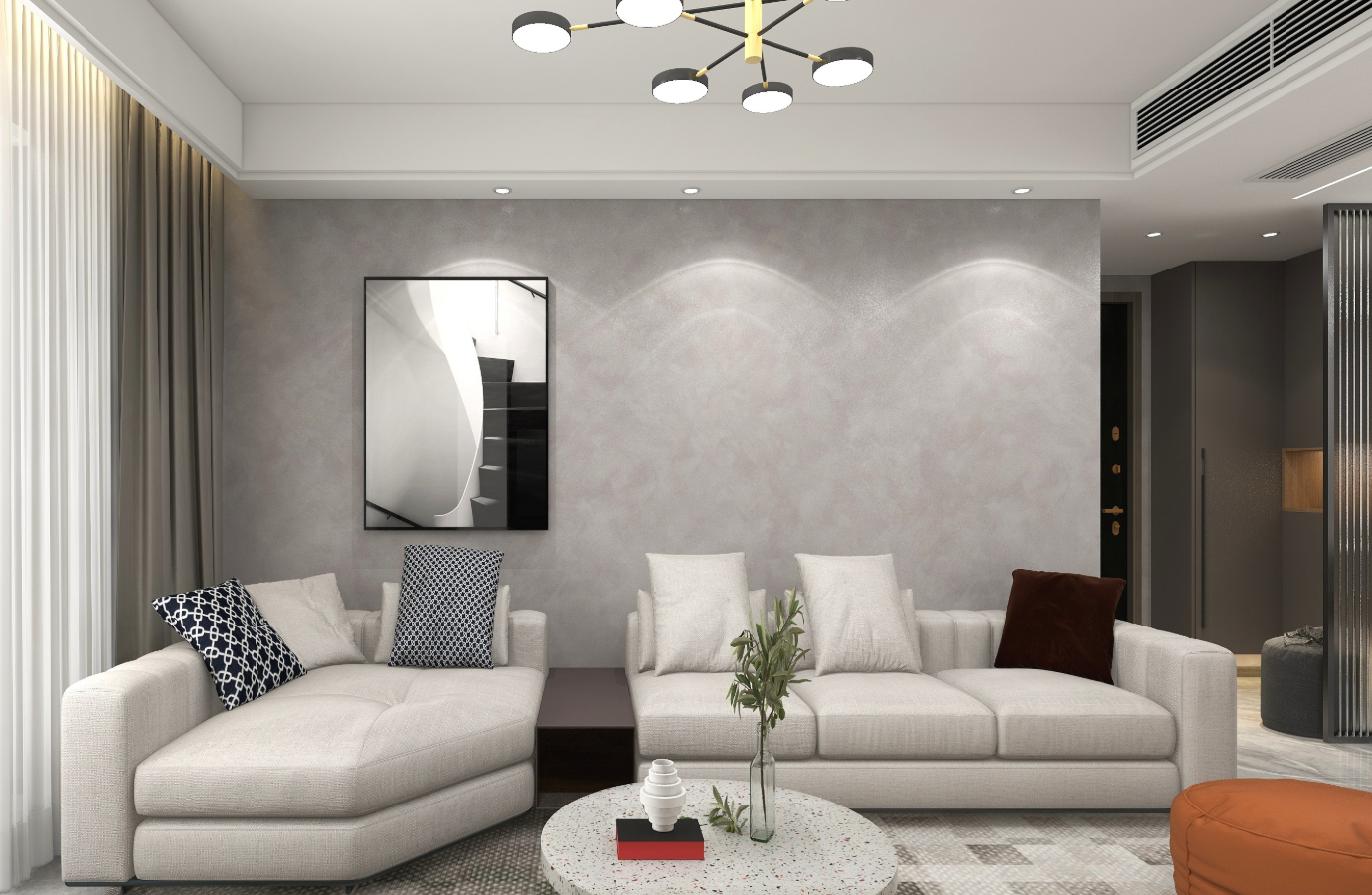
Architectural coatings and paints are like a harmonizer between nature and human culture. They draw inspiration from nature, adorning buildings with soft earth tones, fresh sky blues, and vibrant forest greens that seamlessly blend with the natural environment. With textures that mimic the warmth of wood grain or the solidity of stone, they create a natural connection between architecture and the surroundings. These coatings and paints not only beautify buildings but also integrate into cultural landscapes, becoming a vivid testament to the harmonious coexistence of nature and humanity.

The use of color in traditional Chinese garden architecture is distinctive and emphasizes natural tones. It often employs the natural hues of wood and the gray of blue tiles, blending seamlessly with the surrounding natural elements like mountains, waters, and plants to create a rustic atmosphere. Colors also carry symbolic meanings: red signifies auspiciousness, yellow represents imperial power, and black and white denote solemnity and elegance. The color palette is layered, with the main structures in subdued tones and details in bright colors. Spatially, the colors transition from vibrant at the entrance to more subdued in the inner areas, creating a sense of depth and tranquility. This color application not only reflects the harmonious order of Confucianism and the natural simplicity of Taoism but also showcases the profound heritage of Chinese traditional culture, embodying a perfect integration of nature and humanity.
Modern urban architecture is closely related to coatings. The diverse demands of buildings drive the continuous development of coatings. Exterior coatings need to meet requirements of weather resistance, waterproofing, thermal insulation, and aesthetic appeal, while interior coatings focus on environmental friendliness, health, and personalized decoration. In the future, coatings will develop towards high performance, environmental protection, intelligence, and personalization to meet the requirements of modern urban architecture for functionality, aesthetics, environmental sustainability, and long-term viability, thus supporting the sustainable development of urban architecture.


Factory building coatings are essential materials for protecting and decorating industrial structures. They include various types such as solvent-based, water-based, powder, inorganic, and composite coatings. These coatings are widely used on exterior walls, interior walls, floors, and steel structures, and must possess properties like weather resistance, wear resistance, and corrosion resistance. The application process involves base treatment, coating, and drying. With increasing environmental requirements, coatings with low VOCs, high performance, and multifunctionality are becoming the development trend to meet the special needs of industrial buildings while ensuring environmental protection and durability.
Interior art coatings enhance both the artistic appeal and health functions of a space. With a wide range of colors and diverse textures such as antique brick or silk-like finishes, they create unique artistic atmospheres to meet individual needs. At the same time, high-quality art coatings offer environmental protection, waterproofing, mildew resistance, and antibacterial properties, especially suitable for damp areas like kitchens and bathrooms, providing a dual guarantee of beauty and health for residents.


In modern urban residential buildings, common types of paint include stone-effect paint, latex paint, fluorocarbon paint, elastic paint, and imitation stone paint. Each has its own characteristics and is suitable for different architectural styles and functional requirements. For example, stone-effect paint can simulate the appearance of natural stone, latex paint is environmentally friendly and offers a wide range of colors, and fluorocarbon paint has strong durability. With the advancement of technology, the functionality of paints is also continuously improving. Paints with self-cleaning, heat insulation, mildew resistance, and antibacterial functions are becoming more popular, effectively enhancing the performance and service life of buildings. In the future, the paint industry will develop towards more environmentally friendly, efficient, and multifunctional directions, providing better solutions for modern urban residential buildings.
Blog
- Exterior stone-effect paint suitable for subtropical climates
- Interior Decoration Color and Science
- Indoor Decoration Aesthetics and Science
- Interior decoration to achieve harmony with nature and feng shui
- Interior water-based paints with different colors and textures
- The relationship between interior wall coatings and health and environmental protection
- Principles and Functions of Functional Coatings for Indoor Decoration
- The role of surface clear varnish for exterior stone effect coatings
| M | T | W | T | F | S | S |
|---|---|---|---|---|---|---|
| 1 | 2 | |||||
| 3 | 4 | 5 | 6 | 7 | 8 | 9 |
| 10 | 11 | 12 | 13 | 14 | 15 | 16 |
| 17 | 18 | 19 | 20 | 21 | 22 | 23 |
| 24 | 25 | 26 | 27 | 28 | 29 | 30 |
